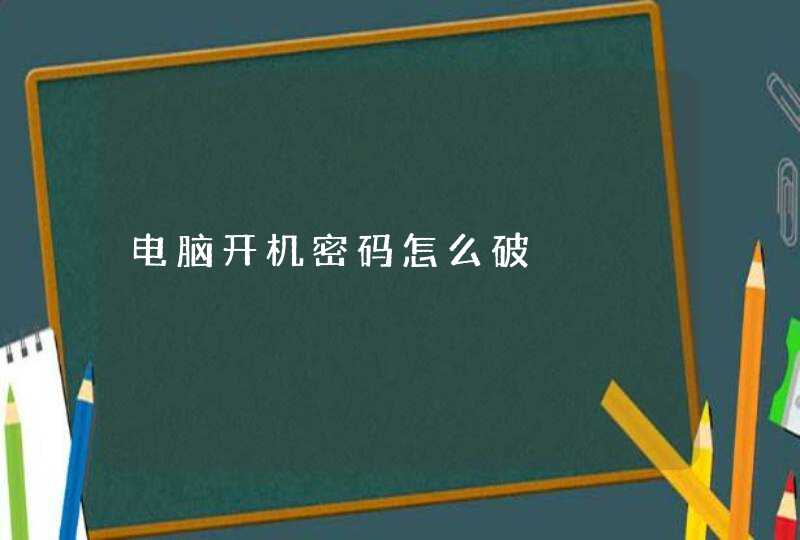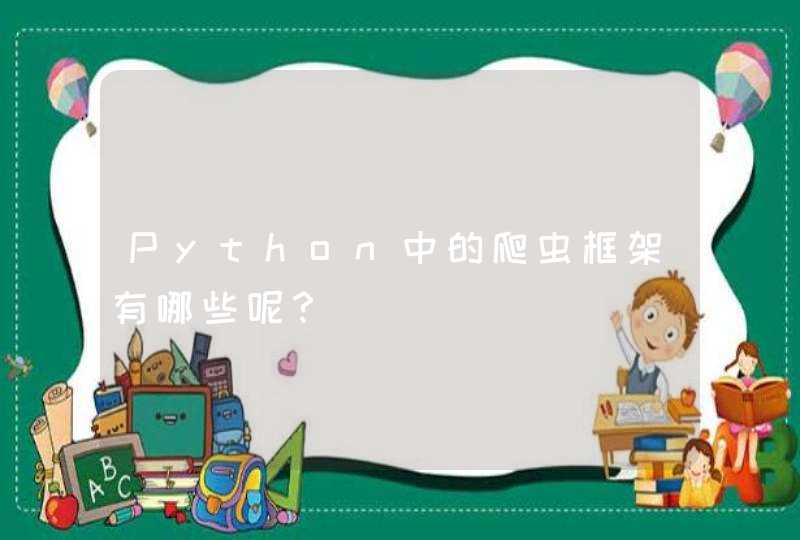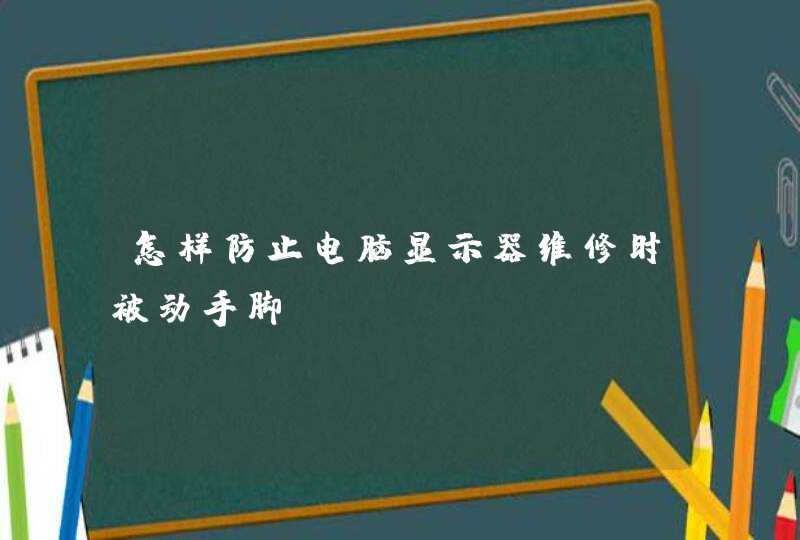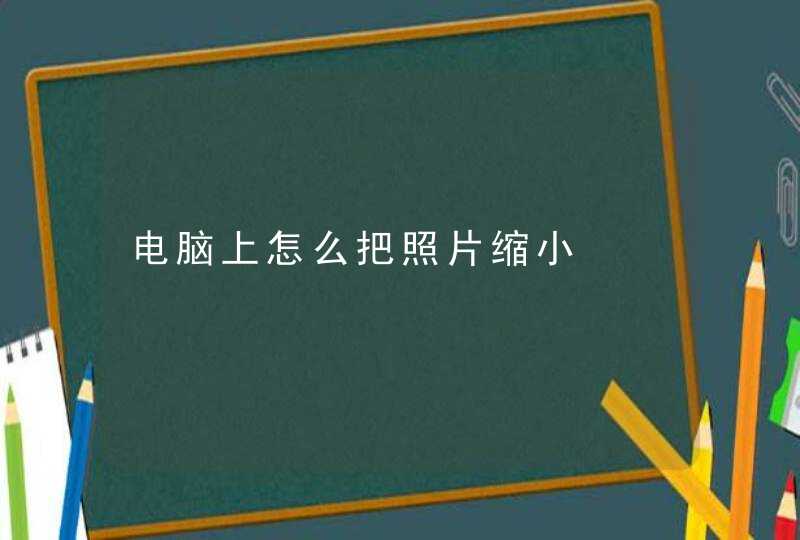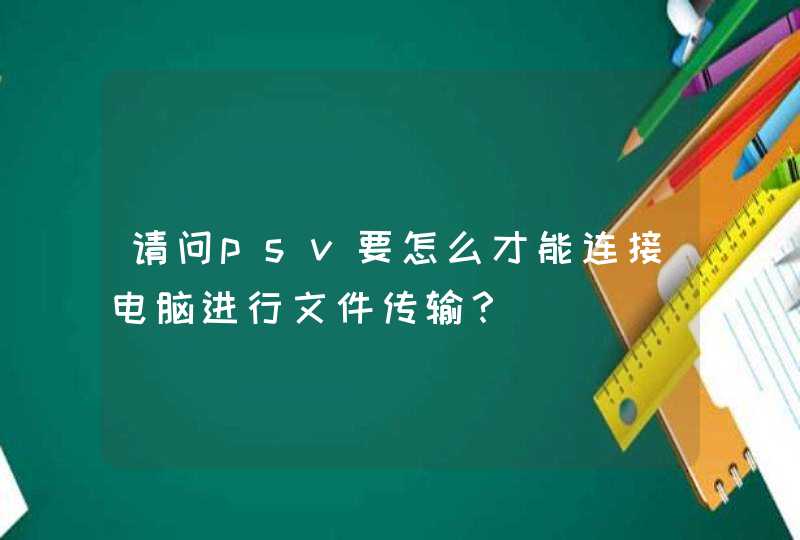
高等数学 Higher Mathematics
This course enables you to build on your previous mathematical experience in the areas of algebra, geometry and trigonometry and introduces you to elementary calculus. The study of Mathematics provides you with many valuable skills. It is often very important when seeking employment or entry to further or higher education and is an important part of your general education.
模拟电子技术 Analog Electronic Technology (你的原文有错)
This course covers complex semiconductor electronic circuits to include application of field-effect transistor circuitry, amplitude/phase shift response of transistor amplifiers, integrated circuits, negative and positive feedback circuits, active filters, industrial control circuits, switching power supplies, voltage regulators, operational amplifiers, spectrum analysis, and harmonic distortion. The course offers practical hands-on experience using an array of test equipment and assigned laboratory projects incorporated to supplement classroom lectures.
大学IT university IT
This course is for students interested in pursuing a career in the field of Information Technology. Students will be introduced to the four career clusters in information technology to determine where their interests lie. Students will complete assignments and projects in interactive media, information support and services, network systems and, programming and software development.
C语言 C language
This course provides a solid introduction to all the fundamental aspects of C, including elementary data typesarithmetic, logical, and bitwise operatorscontrol-flow statementsfunctionsstructurespointersprogram scope rulesgood program design practicesand C debugging techniques. Emphasis is on ANSI-standard C, but earlier versions of C are also discussed. No computing facilities are providedeach participant is required to have access to a C compiler and hard-copy output device for programming assignments.
高等数学 Higher mathematics (第一个就介绍了)
面向对象程序设计 object-oriented programming
A course that focuses on introducing students to computer science through object-oriented design and programming, using Java. The course features an "objects first" approach to object-oriented programming (OOP), starting with objects, classes and methods, and then moves on to inheritance, interfaces and polymorphism, before covering traditional topics such as arithmetic and flow-of-control. OOP is then used to teach simple 2D graphics and graphical user interfaces, and the course finishes up with an overview of basic data structures, exceptions and file I/O. The course reinforces concepts with practical exercises in weekly laboratory sessions (under the supervision of undergraduate teaching assistants) and with challenging and engaging programming assignments such as Tetris, all of which have GUIs.
汇编语言 assembly language
An introduction to assembly language for mainframes or PC's. Topics include internal representation of data, arithmetic operations, logic statements, and general assembly language commands. Introduce low level language architecture including assemblers, linkage editors, and loaders.
VFP程序设计 VFP programming
You will learn to plan, create, and modify tables, views and databases and create forms. You will use the Application Wizard and Builder to build applications quickly. Create information from your data with queries and reports. Understand the fundamentals of programming including operators, expressions, program flow, branching and looping. Be productive working with code using IntelliSense, Quick Info, hyperlinks, keyboard shortcuts, Beautify, document view and bookmarks. Manage programming tasks with the Task List Manager.
数字电子技术 numeral electronic technology (Digital Electronic Technology好一点)
Introduction to basic concepts in digital electronics. Basic discrete electronics, digital logic, circuit laws, components, troubleshooting and use of test equipment. Digital components, digital architecture, digital systems, troubleshooting and use of test equipment. Hands-on experience, practical applications and projects.
计算机组成原理 computer composition principle
This course introduce the principle of computer composition. It is very useful for computer science students to know computer and for the better use in both hardware and software.
离散数学 discrete mathematics
The purpose of this course is to understand and use (abstract) discrete structures that are backbones of computer science. In particular, this class is meant to introduce logic, proofs, sets, relations, functions, counting, and probability, with an emphasis on applications in computer science.
数据结构 The construction of data (应该是Data Structure)
Data abstraction with formal specification. Elementary algorithm analysis. Basic concepts of data and its representation inside a computer. Linear, linked, and orthogonal liststree structures. An overview of the structure and implementation of data structures, including lists, trees, heaps, and tables, and an examination of searching, sorting and other algorithms, including implementation and analysis of their efficiency.
计算机网络 computer network
Principles, design, implementation, and performance of computer networks. Topics include: Internet protocols and routing, local area networks, TCP, performance analysis, congestion control, switching and routing, mobile IP, peer-to-peer overlay networks, network security, and other current research topics.
操作系统JAVA语言 operating system JAVA language
Use Java to teach the principles of concurrent programming, not in particularly operating-systems related context, to write individual operating system components. For example, it is possible to write a file system in Java. Use Java to write a simulator for a full operating system, including the machine it is running on, to write programs that make non-trivial use of operating-system services (such as network communication) in order to teach more about those services.
微机原理与接口技术 microcomputer principle and the connection technology
Introduction to microcomputer hardware and software. Topics include computer fundamentals, word processing, electronic spreadsheets, data bases, and other microcomputer application areas. Students will study additional concepts of microcomputers and microcomputer applications software including: word processing, spreadsheets, databases, and presentation software, emphasizing more advanced applications and integration of the packages in dealing with typical professional usage.
程序综合课程设计procedure comprehensive curriculum designs
Introduction to problem-solving with algorithm and program development. Includes: problem analysis, algorithm representation and verification, scalar and structured data types, file input and output, techniques for program design, coding, testing, and documentation and basic sorting, and searching algorithms. Study of algorithmic design, implementation, and analysis including object oriented design and implementation, abstract data types, stacks, queues, and linked structures
数据库系统原理 Database system principle
This course is for students interested in the design of database management systems to obtain integrity and availability of data. We will focus mainly on relational data models and relational query operations, together with SQL for data definitions and queries. We will discuss design methods including the entity-relationship model and relational normalization theory. We will also discuss how data is stored and indexed and how queries are processed and optimized. Students undertake a semester project that includes the design and implementation of a database system. We will touch upon advanced topics such as object-oriented databases as time permits.
编译原理translation principle (应该是Complier Construction Principles)
Acquire the practical skills to write a simple compiler for an imperative programming language. Understand the concepts of scanning, parsing, name management in nested scopes, and code generation. Learn to transfer the skills also to general software engineering tasks (e.g. parsing of structured data files or argument lists)
算法设计与分析Algorithm design and analysis (design and analysis of algorithm)
An advanced, in-depth study of the design and analysis of algorithms. 'Topics include models of computation, sorting, data structures, graph algorithms, matrix multiplication, fast Fourier transforms, polynomial arithmetic, pattern matching, and NP-complete problems.
计算机图形学Computer graphics
This course will provide an introduction to graphics systems and applications. Basic structure of interactive graphics systems, characteristics of various hardware devices. Control of display devices, implementation of simple packages, device independence, and standard packages. Distributed architectures for graphics, hidden line and hidden surfaces algorithms, representation of surfaces.
概率 probability
The course covers the basic principles of the theory of probability and its applications. Topics include combinatorial analysis used in computing probabilities, the axioms of probability, conditional probability and independence of eventsdiscrete and continuous random variablesjoint, marginal, and conditional densities, moment generating functionlaws of large numbersbinomial, Poisson, gamma, univariate, and bivariate normal distributions
网页设计homepage design (web page design)
The course is designed to provide the necessary skills and training for an entry-level position in the field of Web Design. Learn to develop and maintain Web sites for a corporation or your own small business.
The class focuses on Web page planning, basic design, layout and construction, and setup and maintenance of a Web site. HTML/XHTML, Cascading Style Sheets, Dreamweaver, Fireworks, Flash, Photoshop, Illustrator, InDesign, PHP, MySQL and various other Web page and image creation tools are taught in the course.
人工智能artificial intelligence
The incorporation of advanced techniques in reasoning and problem solving into modern, complex systems has become pervasive. Often, these techniques fall within the realm of artificial intelligence. This course focuses on artificial intelligence from an agent perspective, and explores issues of knowledge representation and reasoning. Students will participate in lectures and discussions on various topics, including heuristic and stochastic search, logical and probabilistic reasoning, planning, learning, and perception. Advanced topics will be selected from areas such as robotics, vision, natural language processing, and philosophy of mind. Students will complete problem sets and small software projects to gain hands-on experience with the techniques and issues covered.
软件开发技术与实训The software development technology and really teaches ( Software development technology and practice)
The overall purpose of the course is to give an understanding of the problems of large-scale software development and how this can be solved using object-oriented techniques. The main aim of the module is to teach the understanding and use of object-oriented methods to analyze, specify, design and implement large computer systems.
网络数据库Network database
This course introduces the database that runs in a network and holds addresses of other users in the network. It includes a database organization method that allows for data relationships in a net-like form. A single data element can point to multiple data elements and can itself be pointed to by other data elements.
网络工程 network project (network engineering)
Network Engineering provides the basic networking and computing infrastructure for campus, from securing and managing bandwidth to providing DNS, DHCP, email, backups and more.
软件工程 software engineering
This course is about problems we face when constructing large software systems. Students will learn about various methodologies used in all parts of the software life cycle. We will illustrate the use and application of these methodologies by examining how they can be supported by the Java language. By the end of the semester students will have acquired a strong grounding in object-oriented design in Java and, more generally, improved their skills for programming in the large. We will study several topics related to software design, including: Inheritance, Exceptions, Namespaces, Abstract Types, Representation Invariants, Procedure Specifications, Object Models, Data Models, Design Patterns, Design Strategy.
Linux操作系统Linux operating system
This course will provide the basics of the UNIX/Linux operating system, including the history and the use of Linux with hands-on experience using commands and files. Topics to be covered include basic Linux commands, text editing, files and directories, electronic mail, pipes and filters, and shell programming.
计算机系统维护 computer system maintenance
This course focuses on basic computer hardware and software systems. Subjects include hardware systems and subsystems found in personal computers, digital numbering systems, and personal computer operating systems. Curriculum includes on-line content delivery, and in class hands-on labs.
电脑课英文:computer class
具体解释:
1、computer:
发音:英 [kəmˈpjuːtə(r)] 美 [kəmˈpjuːtər]
中文:n. 计算机;电脑;电子计算机
例句:
She specializes in computer science.
她专攻计算机科学。
2、 class:
发音:英 [klɑːs] 美 [klæs]
中文:
1、n. 阶级;班级;种类;班;等级
2、vt. 分类;把…分等级;把…归入某等级,把…看作(或分类、归类);把…编入某一班级
3、adj. 极好的;很好的,优秀的,出色的
4、vi. 属于…类(或等级),被列为某类(或某级)
例句:
At the beginning of each class, I count off the students.
每节课开始我先数一下学生的人数。
扩展资料
class近义词:grade
英 [ɡreɪd] 美 [ɡreɪd]
1、n. 年级;等级;成绩;级别;阶段
2、vt. 评分;把…分等级
3、vi. 分等级;逐渐变化
短语:
1、tenth grade 十年级
2、low grade 低分 低级的 低级别 低等级
3、grade increment 级放尺寸 级放
4、grade radio 级放率 级放尺寸
5、Grade description 等级说明书 分级说明书 等级阐明书
6、industrial grade 工业级 技术等级 工业品位
星期一,下午的最后一节课是电脑课,我非常高兴,一下数学课,我就拿起电脑书奔向电脑室,耐心地等着门开,上课铃打响,门前早已排成长队,老师下来把门打开,我们象一窝蜂似的挤进电脑室,各自奔向自己的电脑,我打开电脑,这电脑似乎和我有仇,开拉半天也没开好,我不由得回想起上节电脑课我们全班一直开电脑,开拉一节课电脑一直开不起,下课拉我们只好回去。想到这里不由害怕,手一直敲打着键盘,不久电脑开起拉,老师开始




















